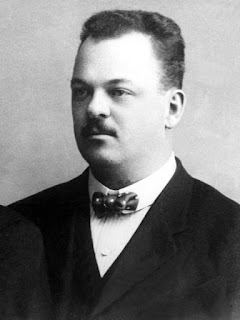The Crowley Estate

The Stone House at 3506 East Lake Road, near Lawrence Parkway, was built by the Crowley family and was believed to have been on the Underground Railroad Circuit. A member of East Erie’s first pioneer families, the Crowley family were very wealthy and owned considerable property and built the stone house as their family homestead. Beautifully manicured, the grounds of the house, at one time, boasted a diverse orchard and lush gardens. Emigrating from Ireland, Thomas Crowley Sr., born in 1789, came to Erie in 1821 or 1822, as did his brother Michael, in 1826. Thomas and his wife Ellen (Ahern) Crowley had several children in Ireland, and several more in Pennsylvania, as late at 1836. The families of these two brothers, Thomas Sr., and Michael, were among the richest landowners in the Erie region through the 1800s. They donated the land and funds to build St. Patrick's Church in the 1830s. In 1827, Michael Crowley, Thomas’ younger brother, bought 399 acres of land





